Karnataka
Karnataka state, according to various perspectives, is a significant
region in southern India with rich historical and cultural importance.
In Vaishnavism, it is recognized for notable events related to the
texts.
Kavyashastra links it to ancient regions like Mahishaka and Kuntala,
while scientific discussions highlight its relevance to Basavaraju's
origins and the Lingayat culture.
Overall, Karnataka state serves as a crucial geographical and cultural
reference in these diverse contexts.
Karnataka is home to many cities enlapping various heritages and
ancient monuments as well as natural treasure which you must not miss
at any chance.
So make sure to visit places like Bangalore, Gokarna, Nandi Hills,
Chikmagalur and many more cities.
Karnataka is blessed with various
wildlife sanctuaries housing exotic flora and fauna which are worth a
safari.
Depending on the wildlife sanctuary you can get a jeep safari,
elephant safari, and various other kinds of options for your
exploration of the wild life park.
01.Badami caves
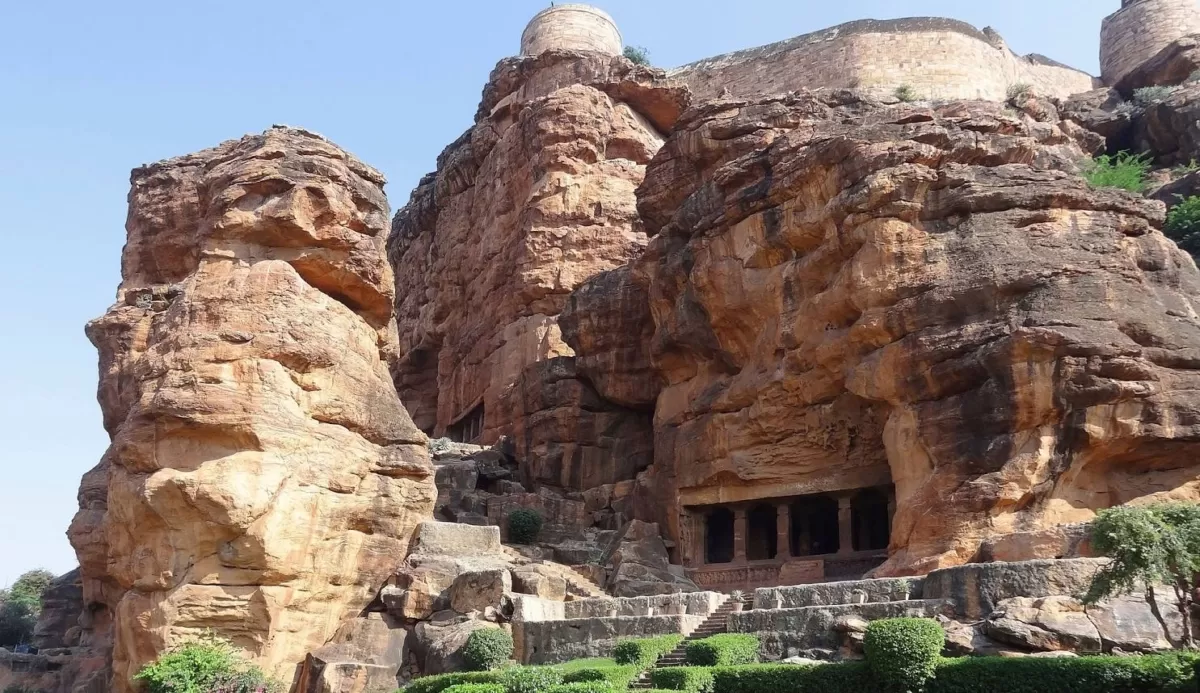
The caves are located in the town of Badami, also known as Vatapi in ancient times, in the northern part of Karnataka, India.
They are a prime example of Indian rock-cut architecture, carved directly into natural sandstone cliffs.
The complex features Hindu (Brahmanical) and Jain cave temples.
They are known for their intricate sculptures and interior decorations, with the fourth cave specifically featuring carvings of the 24 Tirthankaras, indicating its Jain theme.
02.Chennakesava Temple ,Belur
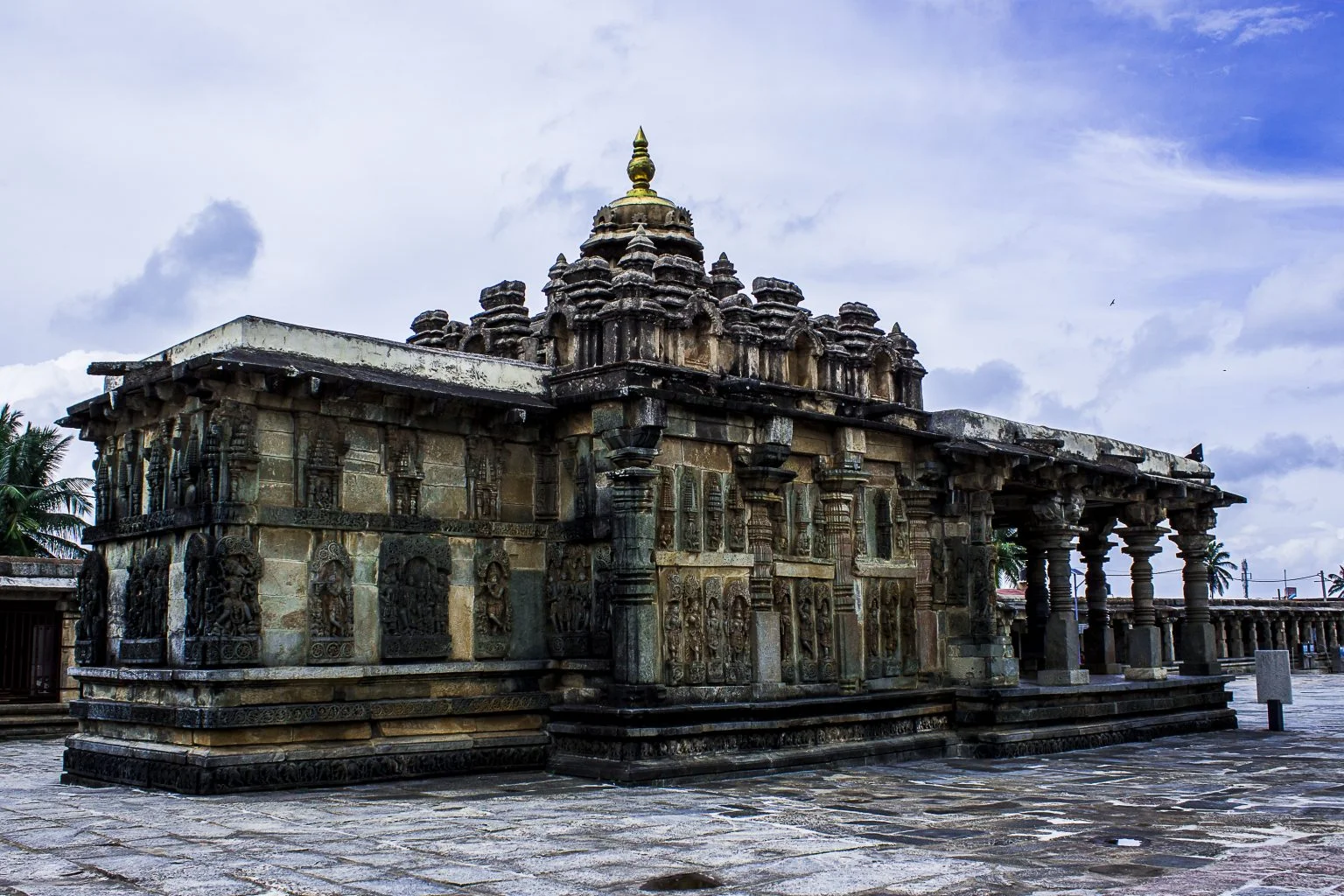
Situated on the banks of the Yagachi River in Belur, which was also known as Velapura, an early capital of the Hoysala Empire.
Built by Hoysala King Vishnuvardhana in 1117 CE, it was commissioned to celebrate his victory over the Cholas at the battle of Talakkad in 1116 CE.
The temple is celebrated for its intricate, star-shaped designs and detailed stone carvings that showcase the pinnacle of Hoysala architecture.
Though a Vaishnava temple, it harmoniously incorporates themes from Shaivism, Shaktism, Jainism, and even Buddhism, reflecting the pluralistic cultural and theological landscape of 12th-century South India.
The Chennakesava Temple is a celebrated example of 12th-century South Indian art, architecture, and culture, a lasting symbol of the Hoysala Empire's legacy.
03.Gokarna
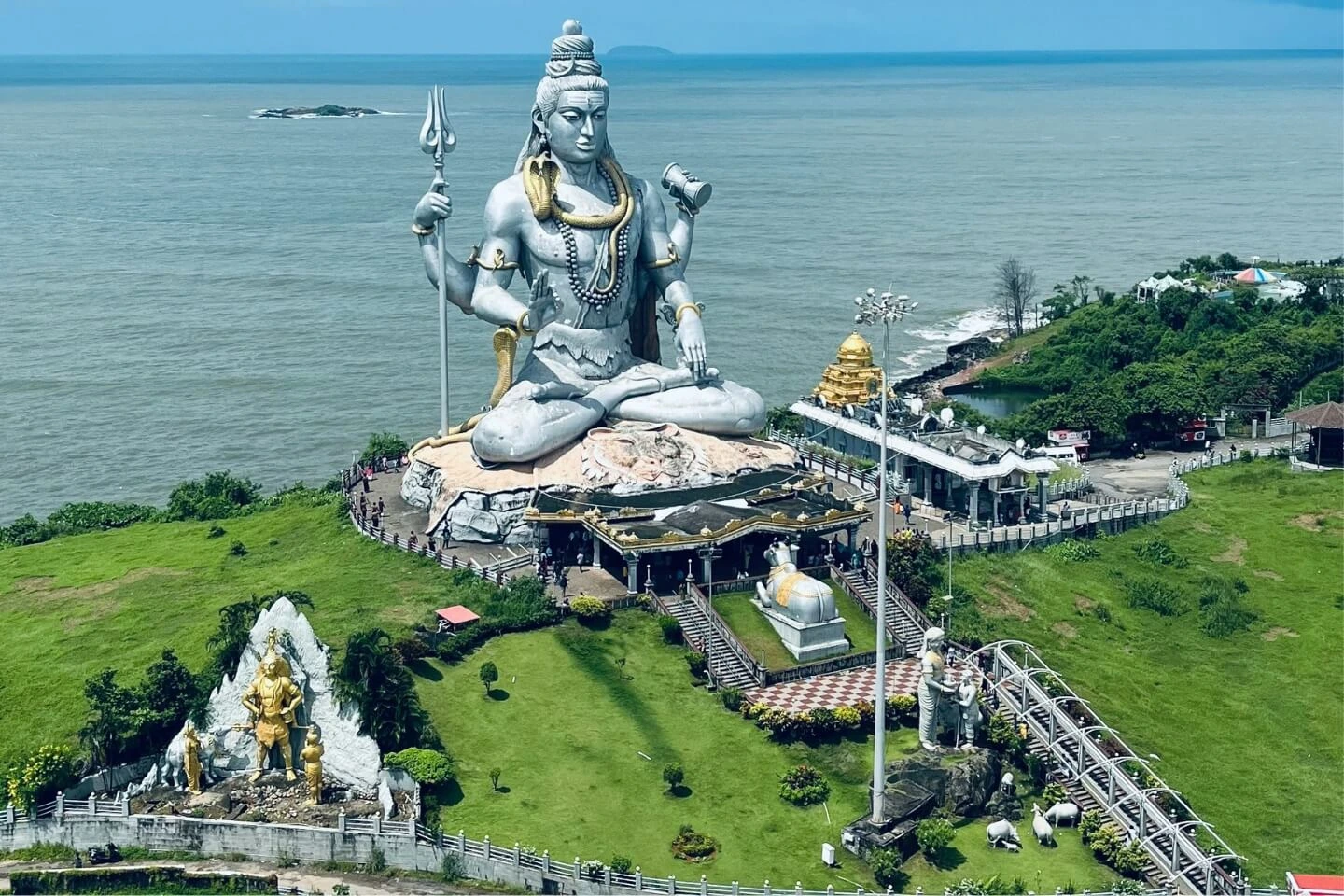
The town's name is derived from a legend where Lord Shiva emerged from a cow's ear, with "Gow" meaning "cow" and "karna" meaning "ear" in Sanskrit.
Gokarna is a significant pilgrimage site, home to the revered Mahabaleshwar Temple dedicated to Lord Shiva. The temple is central to the town's spiritual identity, built around the divine Athma Lingam.
The town is situated by the sea, offering a combination of spiritual and natural attractions.
Gokarna presents a unique mix of traditional Hindu culture and a relaxed beach lifestyle.
famous legend describes Lord Shiva as the "Father of the universe" and the guardian of the Athma Lingam. In another story, Ganesha famously tricked Ravana, causing him to place the Athma Lingam on the ground.
04.Hampi
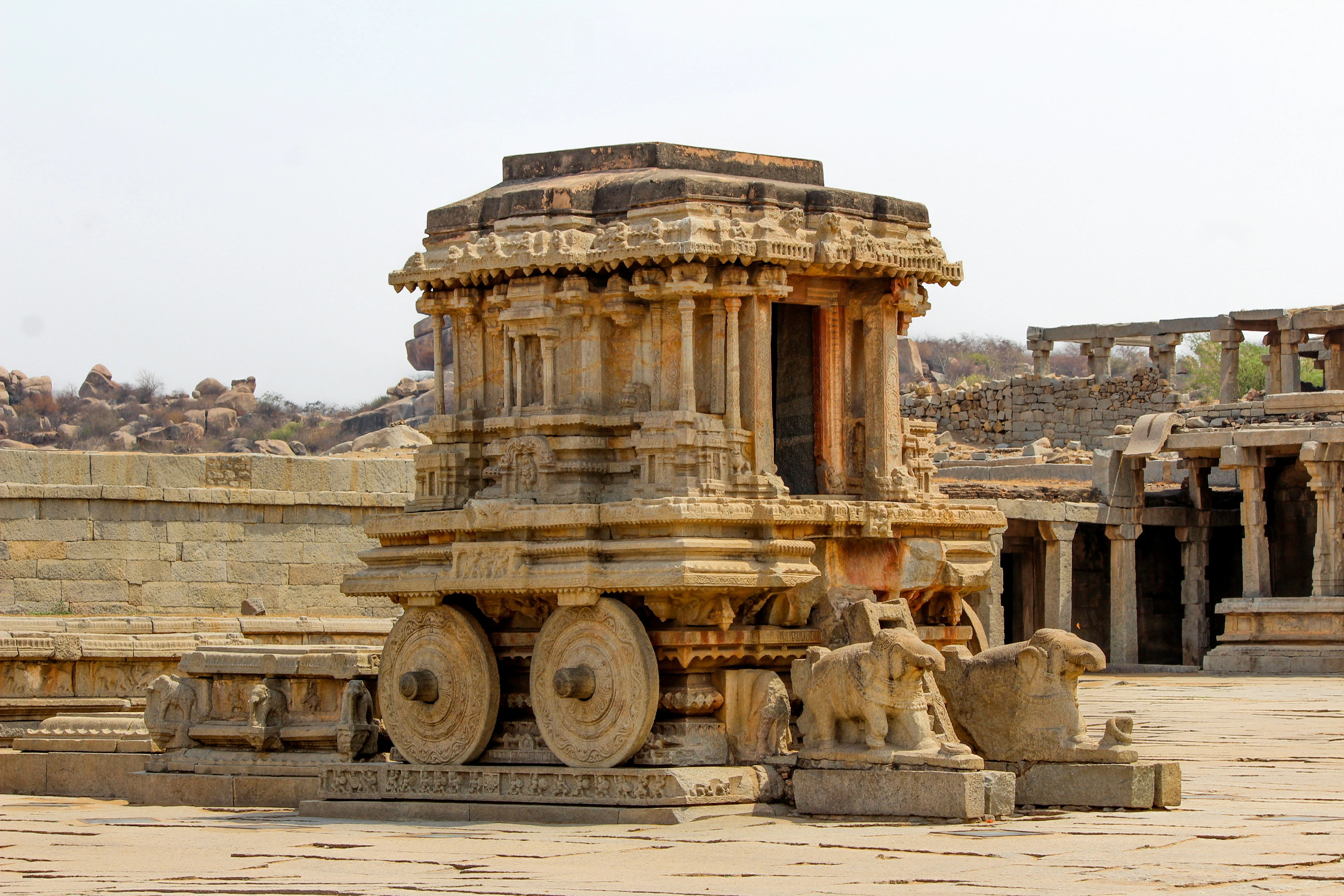
The site is recognized globally as a UNESCO World Heritage Site, preserving its historical and architectural legacy.
Gokarna is a significant pilgrimage site, home to the revered Mahabaleshwar Temple dedicated to Lord Shiva. The temple is central to the town's spiritual identity, built around the divine Athma Lingam.
The town is situated by the sea, offering a combination of spiritual and natural attractions.
Gokarna presents a unique mix of traditional Hindu culture and a relaxed beach lifestyle.
famous legend describes Lord Shiva as the "Father of the universe" and the guardian of the Athma Lingam. In another story, Ganesha famously tricked Ravana, causing him to place the Athma Lingam on the ground.
05.Mysore Palace
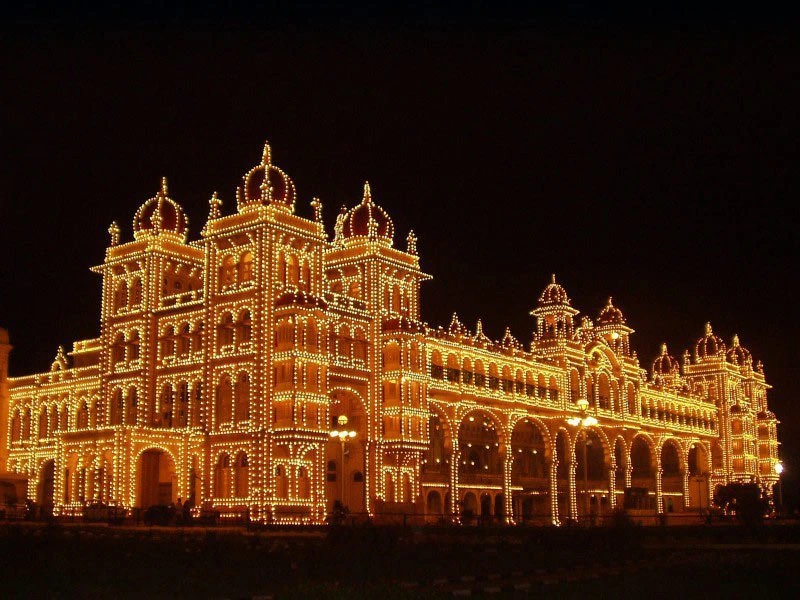
Mysore Palace also known as Amba Vilas Palace is the royal residence of the Wadiyar dynasty in Mysore,Karnataka,india.
The Palace is a prime example of the Indo-Saracenic style,characterized by its blend of Indian architectural elements.
The town is situated by the sea, offering a combination of spiritual and natural attractions.
The palace is situated in the heart of Mysore, one of the major cities in the state of Karnataka.
The palace is a significant heritage site and is known for its grand design and historical importance.
06.ShivanaSamudra
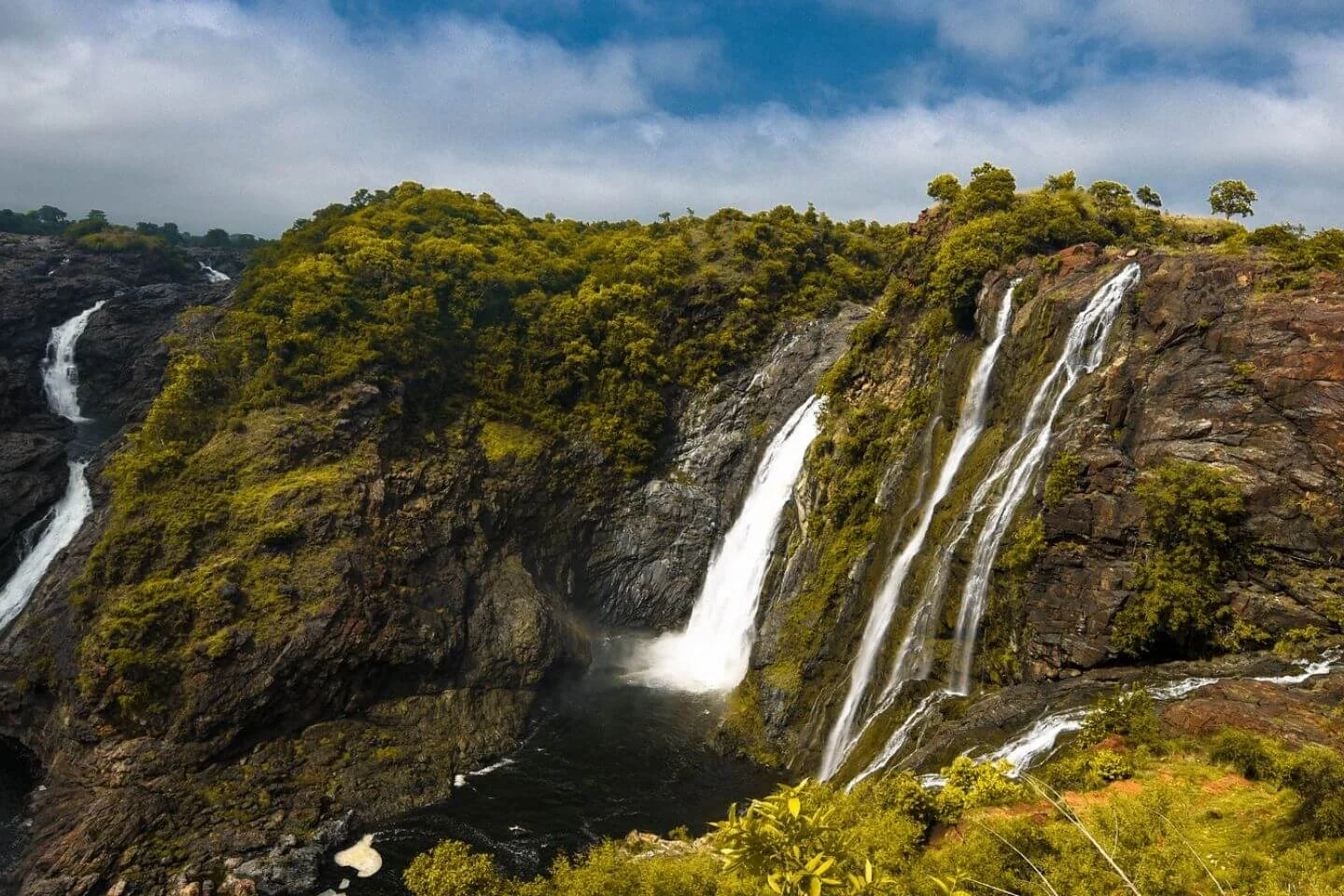
Shivanasamudra is a popular waterfall on river Kaveri, located in Chamarajanara district, bordering Mandya district.
Shivanasamudra is a must visit post monsoon season for the visual treat it offers.
ShivanaSamudra consists of two waterfalls- Gagana Chukki and Bhara Chukki.
Though part of the same Kaveri river, the viewpoints to observe Gagana Chukki and Bhara Chukki are about 15 kms apart.
Well maintained viewing deck is available to witness Gagana Chukki and Bharachukki waterfalls.
River water dropping of tall rock cliffs, with lush green forests all around ensures a mesmerizing view and photographer's delight.
07.SriKrishna Matha
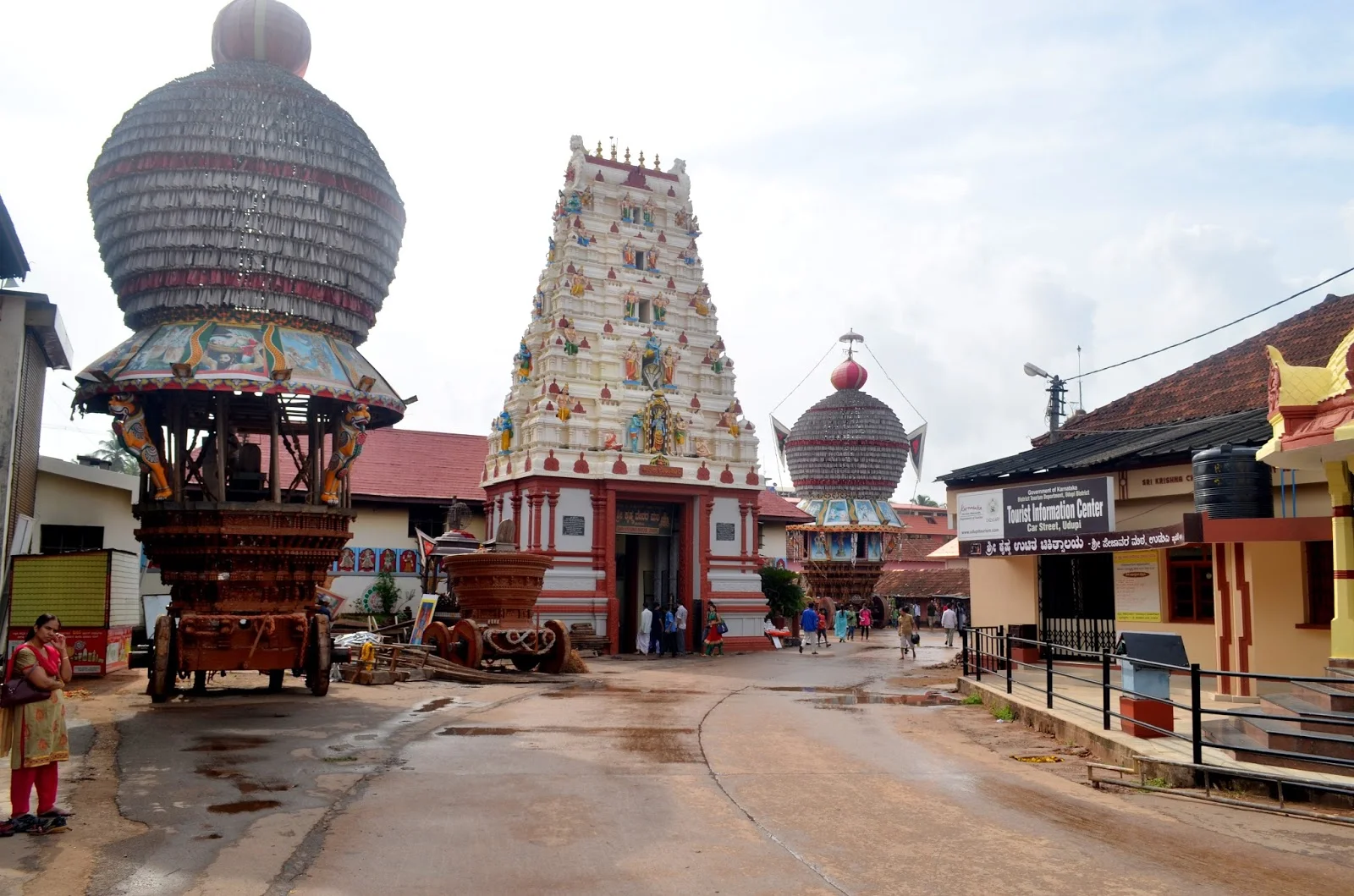
Founded by Madhvacharya, a 13th-century philosopher.
Lord Krishna, depicted as a child (Balakrishna).
An important "Paryayotsava Festival" where the administration of the Matha is transferred from one Ashta Matha to another every two years.
A legendary window in the temple where Lord Krishna's idol turned to face the devotee Kanakadasa.
It is famous for its unique worship method, where the deity is viewed through a silver-plated, nine-holed window known as the Navagraha Kindi.
The temple is the spiritual heart of the Dvaita Vedanta tradition, managed by eight monasteries (Ashta Mathas) that rotate administrative duties every two years.
Devotees are drawn to the beautiful Balakrishna (boy Krishna) idol, and a highlight of the temple complex is the Kanakana Kindi, a window believed to have formed when Lord Krishna turned his idol to allow the devotee Kanakadasa to get a glimpse of him, according to local legend.
08.Taj Vivanta Coorg
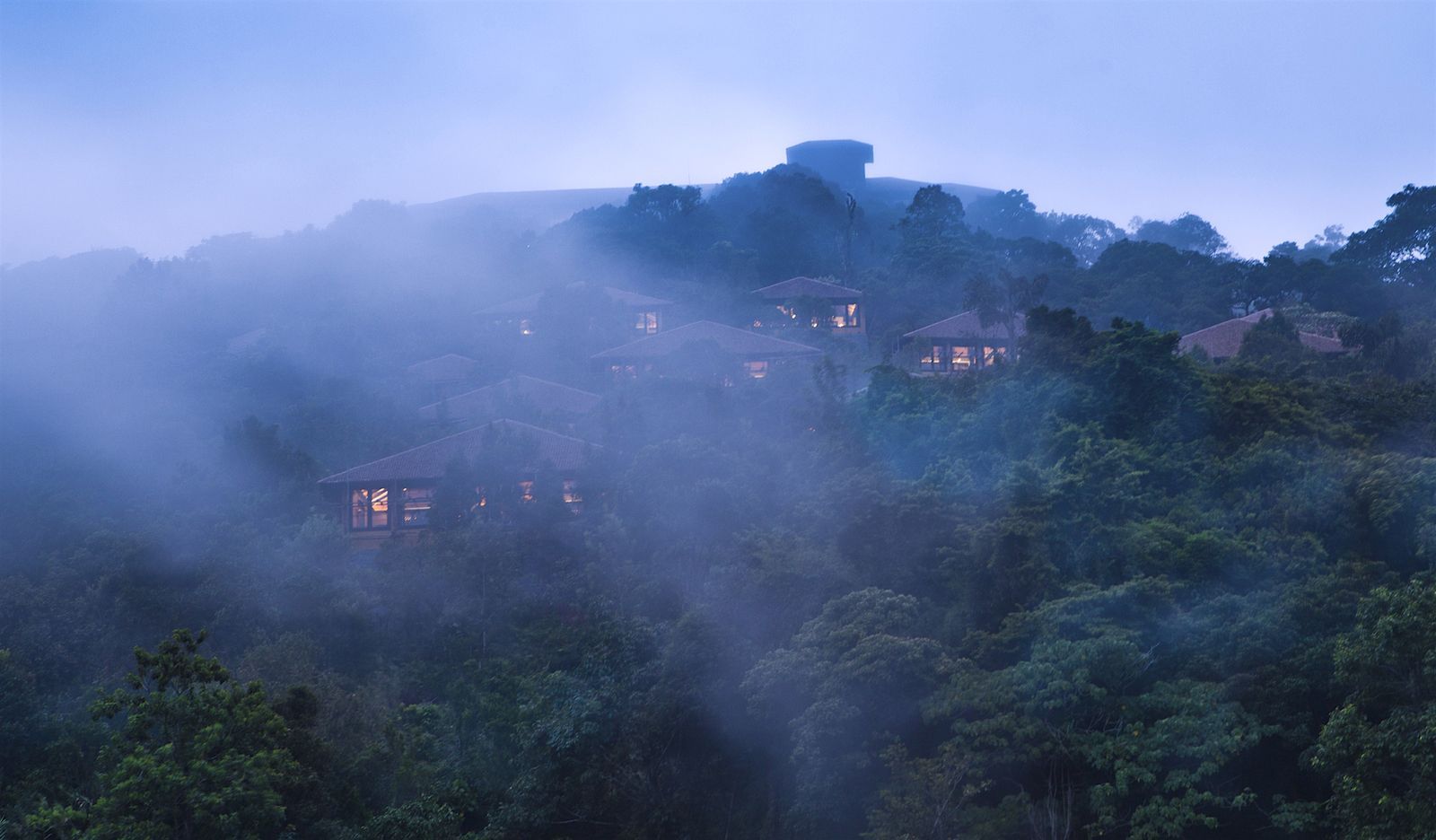
Situated in the Western Ghats, it is a popular tourist destination, often called the "Scotland of India" for its cool climate and breathtaking views of waterfalls, rainforests, and rolling hills. The region is also celebrated for the brave and hospitable Kodava community, whose ancestors' tales of valor are well-known, and the Coorg Regiment is one of the most decorated in the Indian Army. The area experiences a pleasant, cool climate, especially during the best months to visit, which are from October to March. Coorg is a prominent coffee-producing region, known for its aromatic coffee and spice gardens, which are a major part of its economy and landscape. The district is home to the Kodava community, known for their proud, martial traditions and deep sense of hospitality.